Earth Science and Engineering
Red Sea flushes faster from far-flung volcanoes
Volcanic eruptions in Mexico and the Philippines can lead to atmospheric changes that favor the ventilation of deep water in the Red Sea.

Deep water in the Red Sea gets replenished much faster than previously thought and its circulation is directly affected by major climatic events, including volcanic eruptions, KAUST researchers have found.
Water occupying depths from 300 to 2000 meters in the Red Sea are recognized as the warmest and saltiest deep water in the world, with near-homogenous temperatures above 20 degrees Celsius and salinities higher than 40.5 practical salinity units (psu). The world average for similar depths is 2.5 degrees Celsius and 35 psu.
Until now, research has suggested that the Red Sea’s deep water is relatively stagnant, taking some 36 to 90 years to renew, and that its main source of renewal is water flowing from the northern Gulfs of Suez and Aqaba into the sea’s main basin.
KAUST Associate Professor Ibrahim Hoteit, who specializes in earth fluid modeling, with Fengchao Yao, a physical oceanographer, used an ocean circulation simulator to gain further insight into the circulation of the Red Sea’s deep water.
They compared the temperature and salinity data gathered by six cruises from along the central axis of the Red Sea and found evidence revealing deep circulation changes during the period between 1982 and 2011. They then used atmospheric data to reconstruct the Red Sea’s three-dimensional circulation over a 20-year period.
“We found that the deep water of the Red Sea experienced rather rapid renewals in the period from 1982 to 2001, which is against the conventional idea that it is mostly stagnant,” says Yao.
The 1982 El Chichón volcanic eruption in Mexico and the 1991 Mount Pinatubo eruption in the Philippines were implicated. “The model simulation also convincingly linked these deep-water renewals to the global climate variability associated with remote volcanic eruptions and the North Atlantic Oscillation, an inherent atmospheric variability mostly affecting Europe,” Yao explained.
Generally, volcanic eruptions warm the middle atmosphere of the tropics by releasing large amounts of sulfate aerosols, which absorb the sun’s rays for periods of up to two years. The westerly jet across the Atlantic Ocean becomes stronger as the atmospheric circulation adjusts to this warming. This, in turn, increases dry, cold northwesterly winds above the Red Sea: heat is lost from the sea’s waters to the air, and the surface temperature becomes cold enough to trigger warmer waters to rise and colder waters to sink. This is known as open-ocean deep convection.
In contrast with previous studies, Hoteit and Yao found it was this open-ocean deep convection that formed the primary source of the replenishment of the Red Sea’s deep water while the flows of water originating in the Gulfs of Suez and Aqaba represented secondary sources.
Organic matter from surface waters falls downwards, where it decomposes into its basic mineral components. This makes deep water rich in nutrients, making its circulation relevant to the health of the Red Sea ecosystem as a whole. “Also, because the floor of the Red Sea is abundant in mineral deposits and metals, understanding deep circulations is vital for environmentally sustainable deep-sea exploration and mining,” says Hoteit.
References
- Yao, F. & Hoteit, I. Rapid Red Sea deep water renewals caused by volcanic eruptions and the North Atlantic Oscillation. Science Advances 4, eaar5637 (2018).| article
You might also like
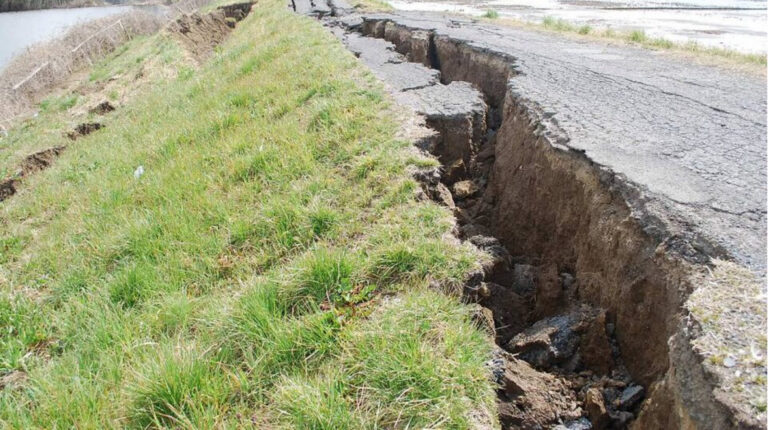
Earth Science and Engineering
When Earth breaks the “rules”

Earth Science and Engineering
Unearthing Arabia’s ancient foundations: New insights from the Ha’il terrane
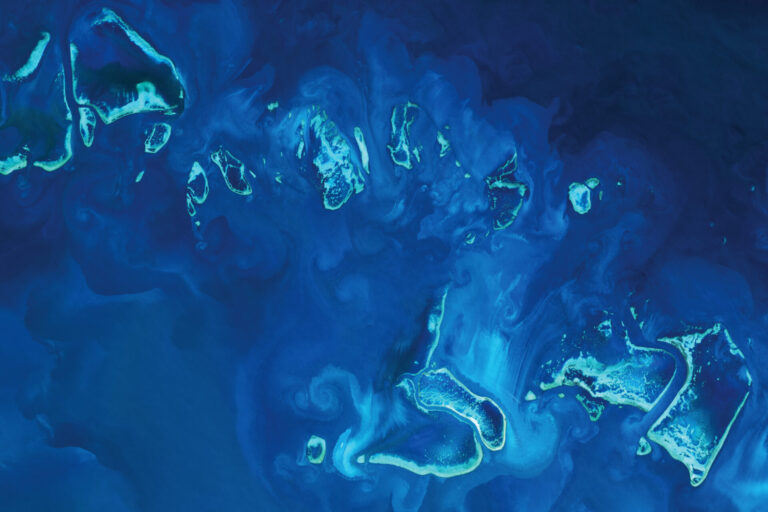
Earth Science and Engineering
Sensing color cues to monitor coral health in the Red Sea
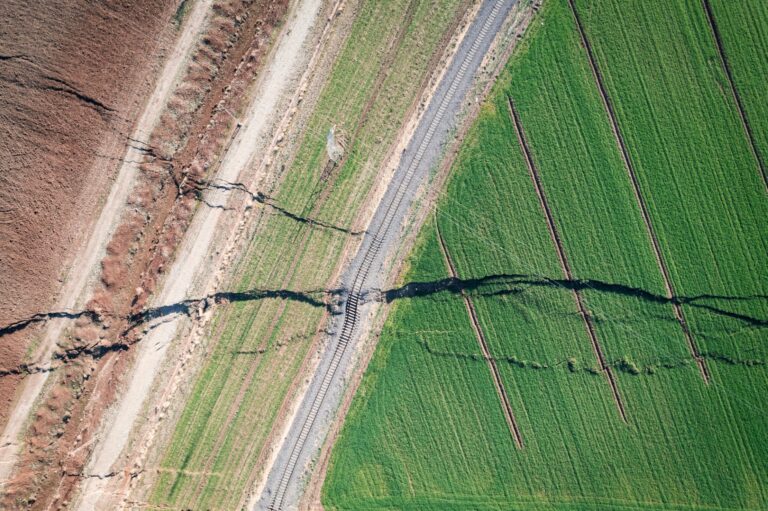
Earth Science and Engineering
Kahramanmaraş earthquake study showcases potential slip rate errors
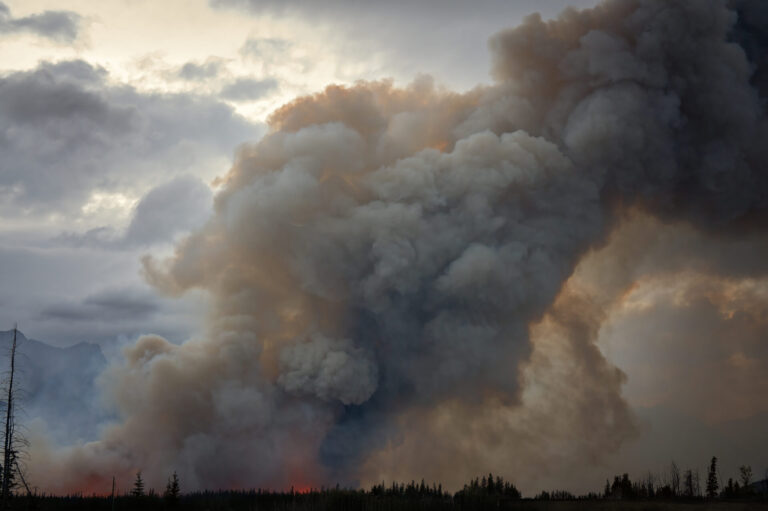
Chemical Engineering
Unveiling the role of biomass-burning aerosols in atmospheric reactions

Earth Science and Engineering
Feeling the heat across the Middle East
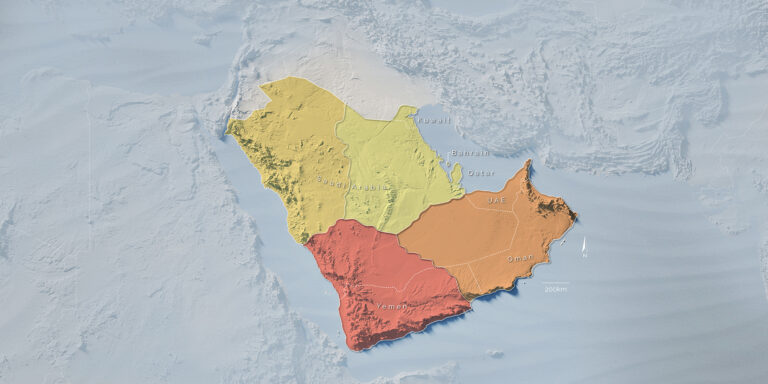
Applied Mathematics and Computational Sciences
Past and future drought patterns across the Arabian Peninsula
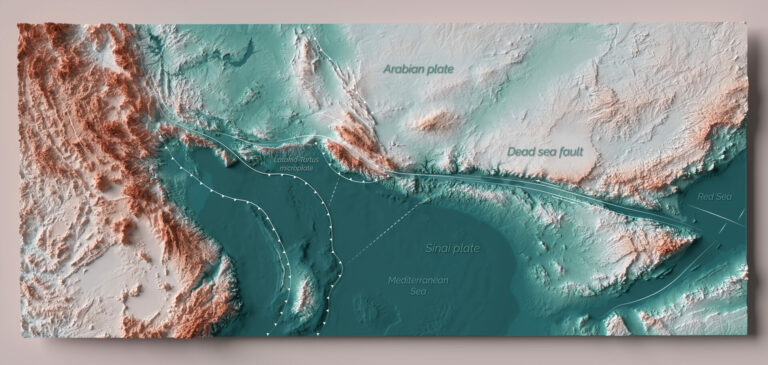
Earth Science and Engineering




